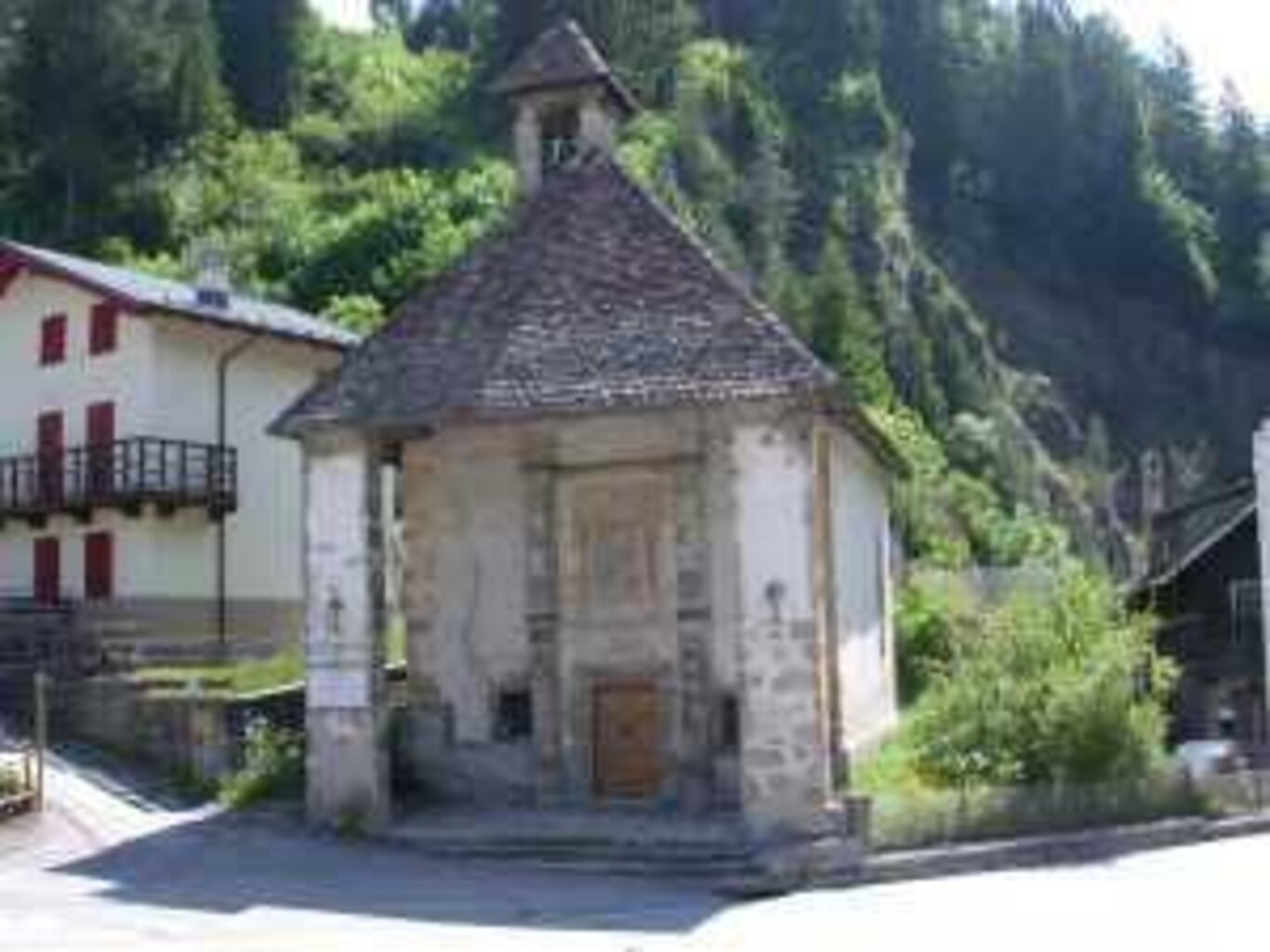In 1388 there was a church to which a hermitage, or cell - the future toponym of the village - was added in 1403, inhabited by a monk of the Benedictine order belonging to the Abbey of Follina. Given the old age of the small church, in 1553 it was decided to replace it with a larger building; the commission was given to mistro Nicolò Ruopel "murador de Cargna". The three churches built by him in Comelico are characterised by the late Gothic style of the 16th century. As is also the case with the church of St Catherine, the buildings all have a single nave and pentagonal apse facing east. In 1683, a 'porticus pro commoditate populi' was added. The church was richly furnished: there were three carved and gilded altars, candelabra angels and paintings. The apse was covered with precious golden leather imported from Venice. In 1952, under the supervision of the Monuments Superintendency of Venice, restoration work began to restore the church to its original theoretical simplicity. On that occasion, some frescoes dating back to the 17th century and attributable to Mistro Piero Fazut were brought to light in the apse. In addition, the small sacristy leaning against the south side is demolished.
Visiting it today, one can still admire the gilded leather fragments, the frescoes, albeit faded, the richly symbolic decoration of the keystones, and the zoomorphic corbels. The present altarpiece is attributed to 'mistro Cesero depentor', a pupil of Titian Vecellio. In the centre is depicted the Blessed Virgin with the Child in her arms; the throne on which she sits is placed at the top of three steps. To the right and left are St Catherine and St Justina respectively. Not to be forgotten are the frescoes above the entrance door: they depict St Catherine and the coat of arms of Giovanni Grimani, Patriarch of Aquileia from 1545 to 1550 and from 1585 to 1593.
